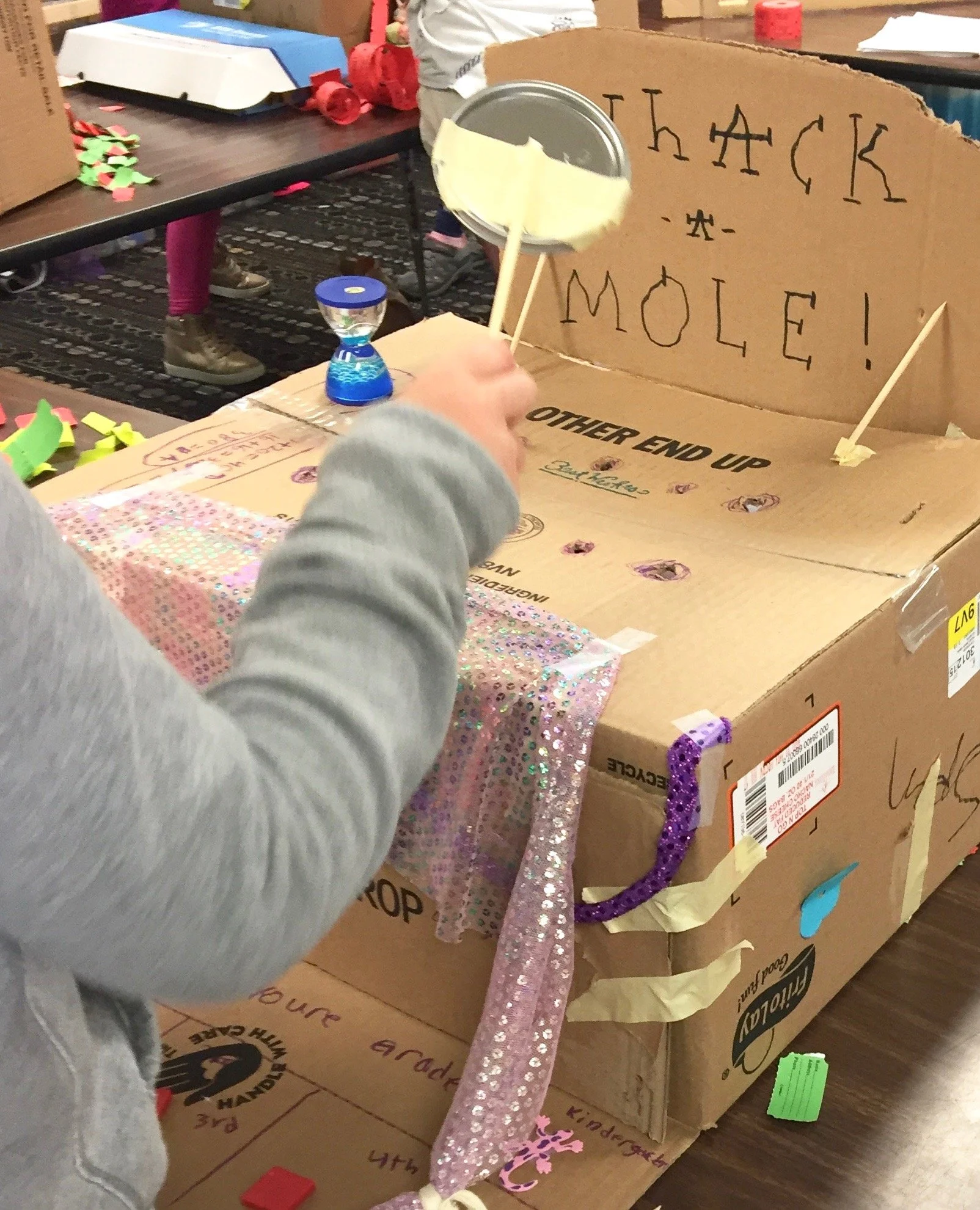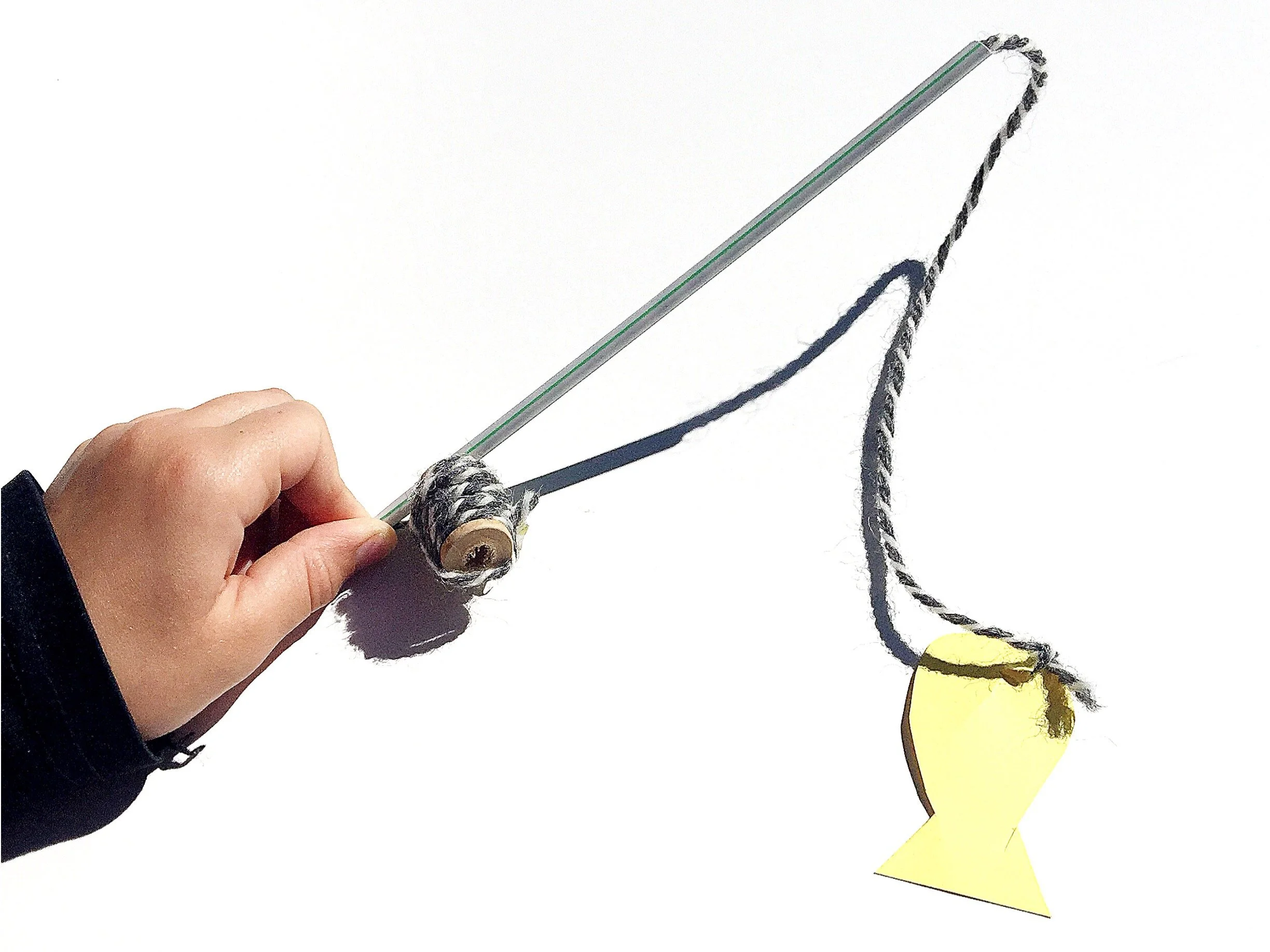A Design Studio…Your School and Families Will Be Hooked!
Design Studios, aka makerspaces, allow students to use recyclable materials to create working models. Students can use this engineering during any subject math, reading, science, social studies, writing, etc. A design studio will increase your students’ engagement, creativity, and problem solving skills.
Having a Design Studio will completely change the way you view your teaching practice and students view your classroom. Get ready for the excitement!
In 20 years of teaching, creating a Design Studio is the most important change I have made! However, it wasn’t always easy to get everyone onboard. At first I had others doubting the validity of using this resource in my room. I was asked questions about how I had time to do so many art projects. Well, I wasn’t using the supplies for art, I was using it for engineering that resulted in powerful learning opportunities.
Read on to discover how I gained support for my Design Studio from colleagues at school and students’ families.
Click here if you would like a free set of engineering posters to display.
School
In order to get my school colleagues believing in the importance of a Design StudioI constantly talked about using engineering and how the students loved the process. I explained how powerful the learning was and shared how little I had to do for setup. Those coworkers who were interested asked more questions and eventually started to implement engineering in their own classrooms. Many began by using the same projects I had already used in my own classroom.
I also traded classes with a few of my coworkers. They would take my class for something they felt comfortable teaching such as ELA and I would take their students step-by-step through an engineering project. For one of the rooms I lead this cardboard challenge. If you have never seen the YouTube video Caine’s Arcade you must check it out now! The students were so inspired and excited, my coworker was hooked! Now we brainstorm engineering projects together and it makes our instruction that much stronger.
Our school also holds a STEM night once a year. I have opened up my classroom each time. Visitors were encouraged to take part in a free build or a simple challenge. These challenges have included building the tallest tower they can only using paper or to create a bridge that’s at least 1 foot long and would hold up a textbook. Coworkers who attended STEM Night stopped by and could feel the excitement in my room. They also witnessed the important learning that was going on. Students and their families were engrossed in deep conversations, not even noticing who entered the room. This also led to interest with families who came to visit. More on that below…
Families
As I mentioned, STEM Night also got families excited and asking for more engineering in the classroom. Each year when the special night is offered I open up my room and I welcome in families. The students were ecstatic to try and solve a problem with their family’s help! This was a way for parents and children to communicate together to solve a common problem. It wasn’t focused on a student’s success or achievement in the classroom; it was simply a way to work together. Some families choose to free-build during STEM night and let their creativity run wild. I had many adults ask how they could help support our little Design Studio. To that I answer by donating! They seemed pleasantly surprised that the cleaning out of a toy or craft room would help increase the engineering in our classroom.
One student created a fishing pole!
I also make sure that each time my students take part in an engineering project I document all of the stages. The moment the challenge is introduced I post it to our classroom Seesaw account (our online portfolio) with pictures or I have the students create a post to share. I then quickly snap pictures throughout the process to document the engineering the students are taking part in. I do all of this as the students are working so it is never something extra. I capture a few pictures, add a 1 - 2 sentence caption and upload. When students have completed their projects they always share their model and thinking to Seesaw. I have received feedback from many families that they really feel connected to our learning because of this practice.
We have also shared our final projects through a virtual Google Meet. Each child prepared a 1-2 minute presentation to highlight the solution they built and the importance of their thinking. At the end of the presentations parents/families are allowed to ask our class any questions they have. I find the real world audience really encourages students to take the process seriously and practice verbal communication.
Another way I encourage family involvement in engineering is through guest speakers. In the past, I have had parents who work in robotics which ties in directly with our design process. I have also had a parent who works in a grocery store guest speak. She talked about not giving up on days it is hard and the simple machines they use daily, such as the conveyor belt and ramp to load groceries. No matter what a parent does professionally or as a hobby it can be tied into engineering. In my experience, both the student and family member loved coming in to share their expertise.
The Design Studio is an excellent way to incorporate engineering into all areas of your teaching. However, it is not a traditional way to teach. In order to gain support you need to be intentional about how you bring your colleagues and families into this new way of learning. As soon as they experience the power of open-ended problem solving they will be hooked!
So go ahead and get started by grabbing your free set of engineering posters here!




